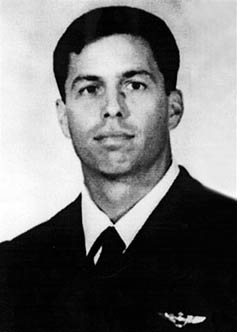Papers are sought on the topics below. Winning entries and select others will be published in future special volumes of Small Wars Journal. For each of the two topics, a $3,000 Grand Prize and two $500 Honorable Mentions will be awarded. Hence $8,000 total purse.
Papers should be 3,000 to 5,000 words in length. Papers will be blind reviewed and judged primarily for clarity of presentation, relevant insights to the question asked, and overall significance of the key points made to the practice of small wars. No extra points awarded for length, name dropping, or how epic the incidents discussed were as distinct from the weight of the insights. Papers need not be OIF- / OEF-centric. Papers must resonate beyond a single silo, i.e. they must touch on at least some aspect of joint, coalition, interagency, multi-disciplinary, or cross-cultural significance.
Papers are to be submitted by midnight on November 10, 2009, with winners to be announced in January, 2010. One entry per author per question. Standard writing competition mumbo jumbo will apply, we will publish a final announcement shortly with those gruesome details, including detailed submission instructions.
We will not answer questions about this competition submitted in individual emails. Submit any good questions publicly in the comments below, but let's not split hairs. The topics are what they are.
We greatly respect the works and insights of the usual suspects from the many DoD-centric writing competitions and anticipate some great and hard-to-beat entries from them. We would really like to see some stiff competition from fresh new voices and experience sets not often heard. Please spread the good word about this competition to the far reaches of the empire of important participants in the vastly broad and complex field of small wars. This is a level playing field, and let's get all the players on it.
The topics are:
1. Security vs. [Jobs & Services & etc.] -- horse and cart, or chicken and egg?
The "security is the military's job" camp at an extreme expects more order than can be obtained by kinetic measures without a scorched earth approach. Alternately, it demands that the armed forces exceed their organizational mandate in early phases and then obediently (and wastefully?) hop back into their military box until things go awry again. Other camps may err by expecting too much from non-military actors in non-permissive environments, understating the risks they already do or should accept, or tinkering with building massive non-lethal expeditionary capabilities that may be unsustainable.
What does security really mean in a small war, how much is needed when, and how do you make meaningful security gains through the pragmatic application of affordable capabilities? How does security relate as an intermediate objective or an end state? Include examples of real successes and failures.
2. Postcards From The Edge -- the practical application of the Whole of Government approach.
Organizational issues are being discussed from Goldwater-Nichols II to unity of effort and simple handshake-con. Whatever the structure on high, people from different walks of life and different functional expertise need to work together on the ground at the pointy end of the spear to deliver effects that matter. Discuss real experiences (personal, known firsthand, or researched and documented) of real people facing real challenges that offer relevant insights into the conduct of a small war.
Consider any, all, or none of the following:
- Discuss what worked and/or what didn't, and why.
- How did participants from different agencies, branches, nations, etc. look at problems differently, and how were those views eventually reconciled (or not)?
- Discuss personal challenges.
- Discuss the moral and ethical challenges of small wars.
- Approach as a turnover guide to a successor.
- Inform operational approaches and "grand" tactics, techniques, and procedures.
- Inform human resourcing / manpower / training & education.
- Relevance for national resource strategy.
- Relevance for go-to-war decisions and conflict strategy.


